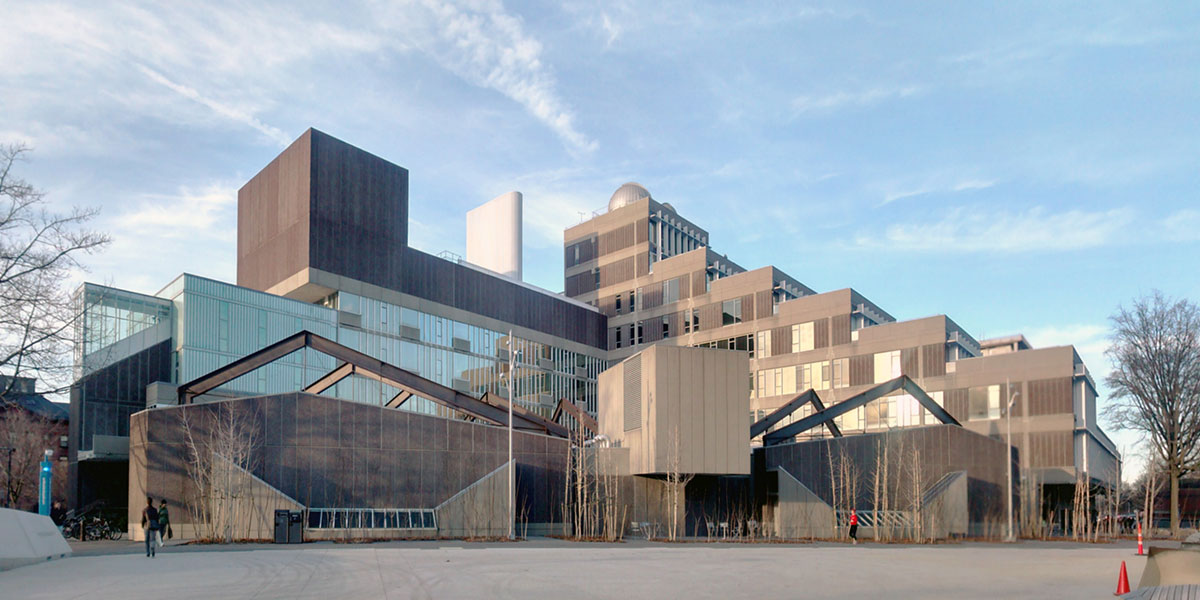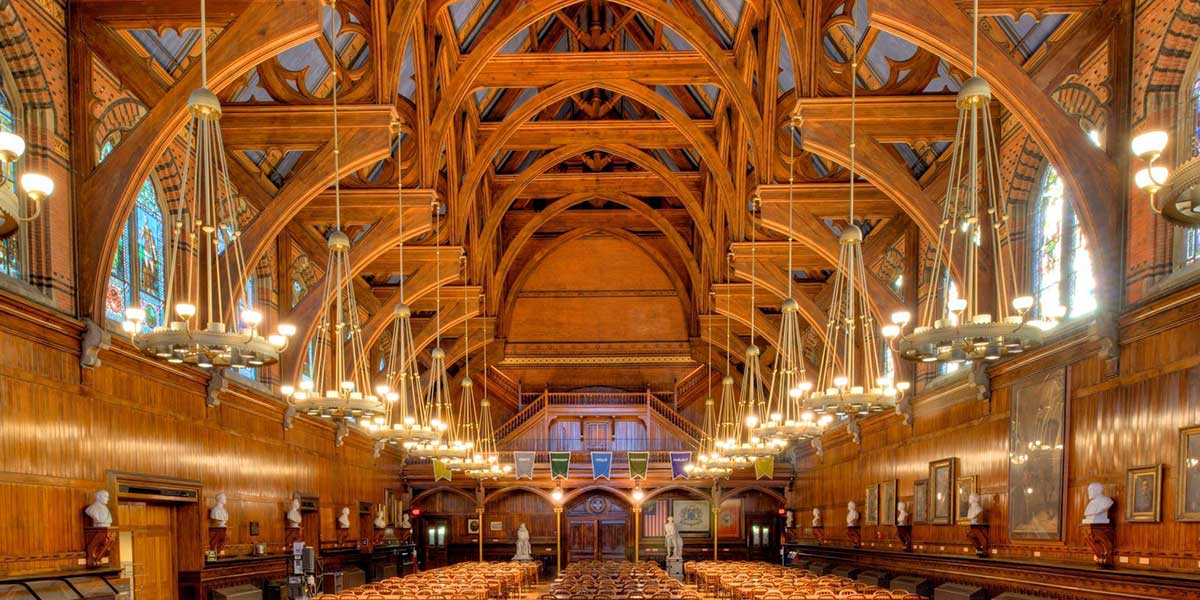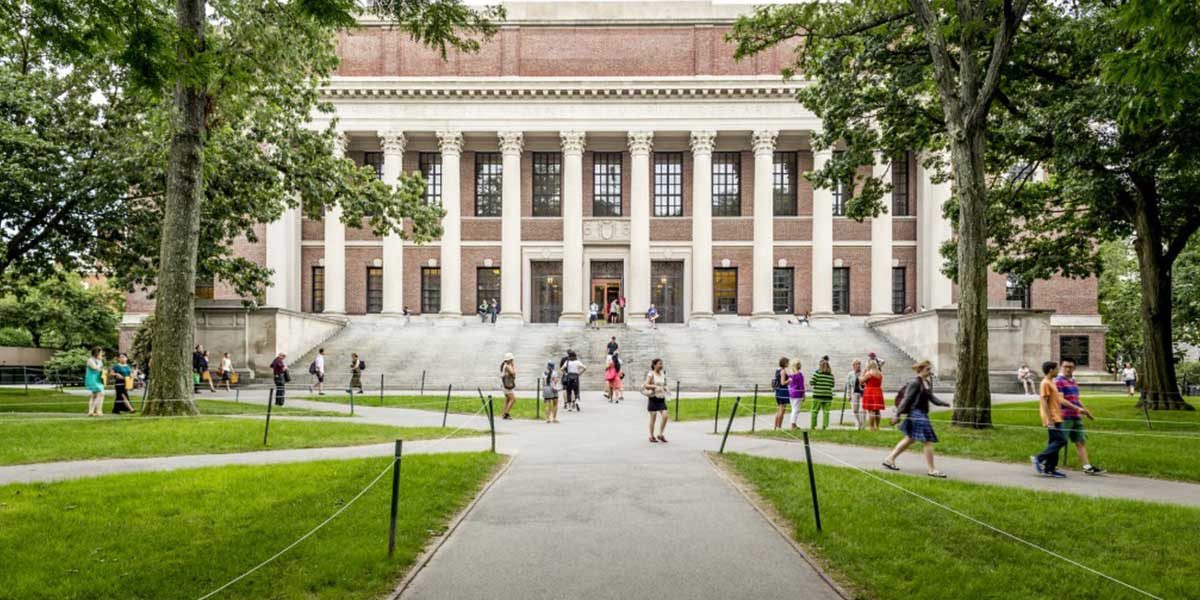A Liberal Arts Education
- Despite being a liberal arts school, strongest programmes in diverse fields like biological sciences, applied math, romance languages, psychology, and many others, with world-renowned faculty. The difference is in the way students are taught.
- ‘Liberal arts’ here means students are required to explore a broad range of fields besides their chosen concentration.
- These include 4 general education classes, two semesters of a language besides English, and at least one class in each of the three fields: arts and humanities, natural and applied sciences, and social sciences.
- Students coming here are usually the kind that are excited rather than daunted by this feature.
- Harvard also greatly emphasizes theoretical learning, at times even over practical application, arguably more than its liberal arts counterparts around the country do.
- For example, most music classes offered here essentially cover musicology, with a small number of performance classes for limited credit; the architecture concentration pertains to the study of the field as an art today and in the past, rather than the science of architecture.
- Harvard still produces world-class musicians and architects. There are high-profile opportunities available for musicians on campus, and aspiring architects generally study applied math with a focus in architecture.
- Thus, you can get exactly what you need from the curriculum if you’re clever about it.
- Shopping Week is the first week of classes, during which students can literally walk in and out of classes to get a taste of what they are like. The enrollment period is at the end of this week. This takes away the burden of having to enroll in classes—many of which may fill up—even before the semester begins.

The Harvard Science Center
Life on Campus and in Cambridge
- Harvard has a sophisticated system of housing. First-years live in dormitories within Harvard Yard and eat together in Annenberg Hall. At the end of the first-year, they form a “blocking-group” of a maximum of eight students.
- Each such group is placed in one of twelve upperclassman-houses, organized in four neighbourhoods, where they stay for the remaining three years, unless they transfer out.
- Each house has its own dining hall, library, gym, practice rooms, and more. The farthest of the neighbourhoods is a 20-minute walk from the Yard.
- Harvard combines the big city and quaint town experiences, with the campus 10-15 minutes from Downtown Boston.
- Despite this, it is easy to get caught in the “Harvard-Bubble,” rarely leaving the bounds of the campus, even to Cambridge beyond. One can, however, make a conscious effort to shape their own experience.
- Boston and Cambridge are both abundant with colleges and universities, allowing students to socialize beyond just campus events. It is quite common to socialise with MIT students, and even those beyond.
- This is great for those who need a more active social scene than Harvard offers.
- It can also make up for the dearth of international students from India for those who prefer proximity to others from home. Though Harvard has South-Asian communities, these are composed mostly of Indian-Americans. Students from India form a small part of this community.

Annenberg Hall, the first-year dining-hall
What to look out for
- Students at Harvard tend to be competitive, mostly outside the classroom. This can lead to a sense that one isn’t doing enough, and a consequent overcommitment. It’s important to recognize this trap and make a schedule suitable to oneself.
- Politically, Harvard is largely liberal, left-leaning. Political debate is a regular part of student life, but so is political correctness—much more so than in India. Any deviation from this standard is tolerated by neither the student body, nor the administration. It is, thus, important to learn to minimize inadvertent lapses.
- Everyone at Harvard is extremely talented. This can lead to one feeling less confident in one’s own skill—an Imposter Syndrome. Overcoming this mindset and recognizing your own strength is key to thriving in this community.

